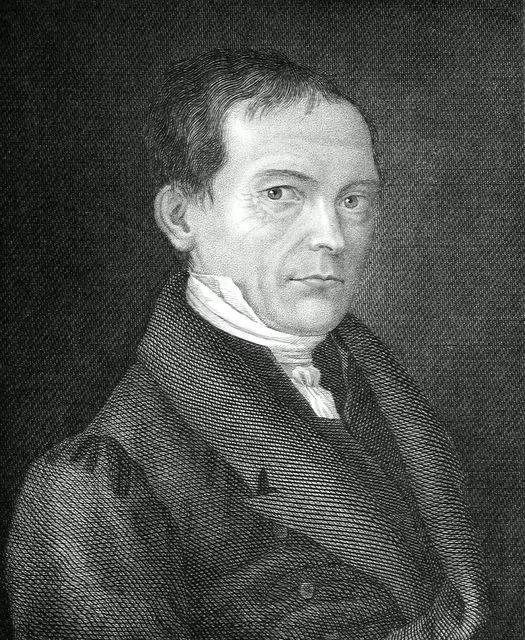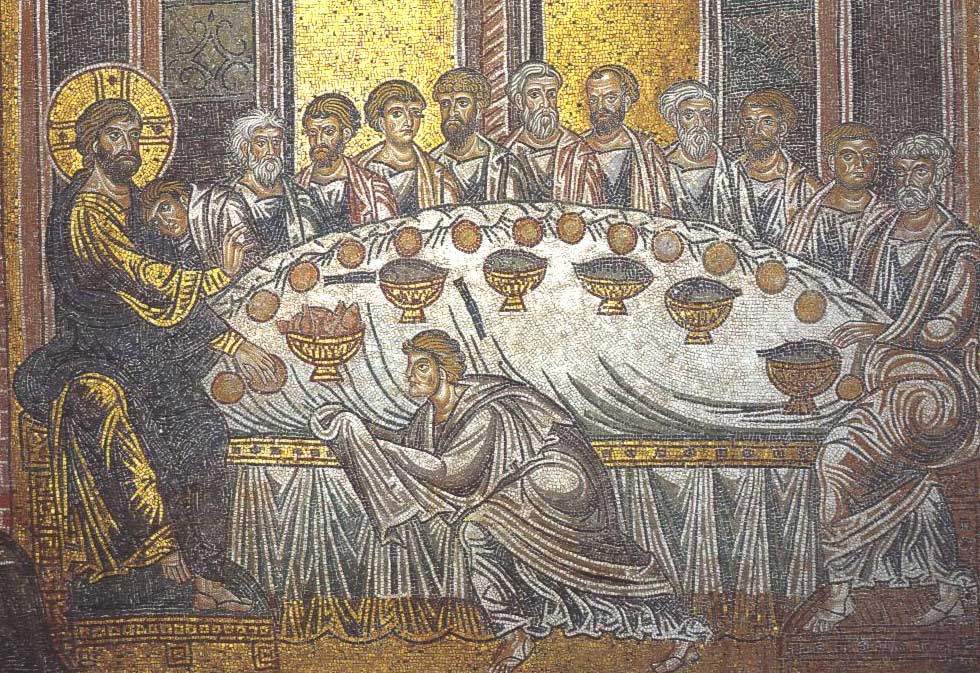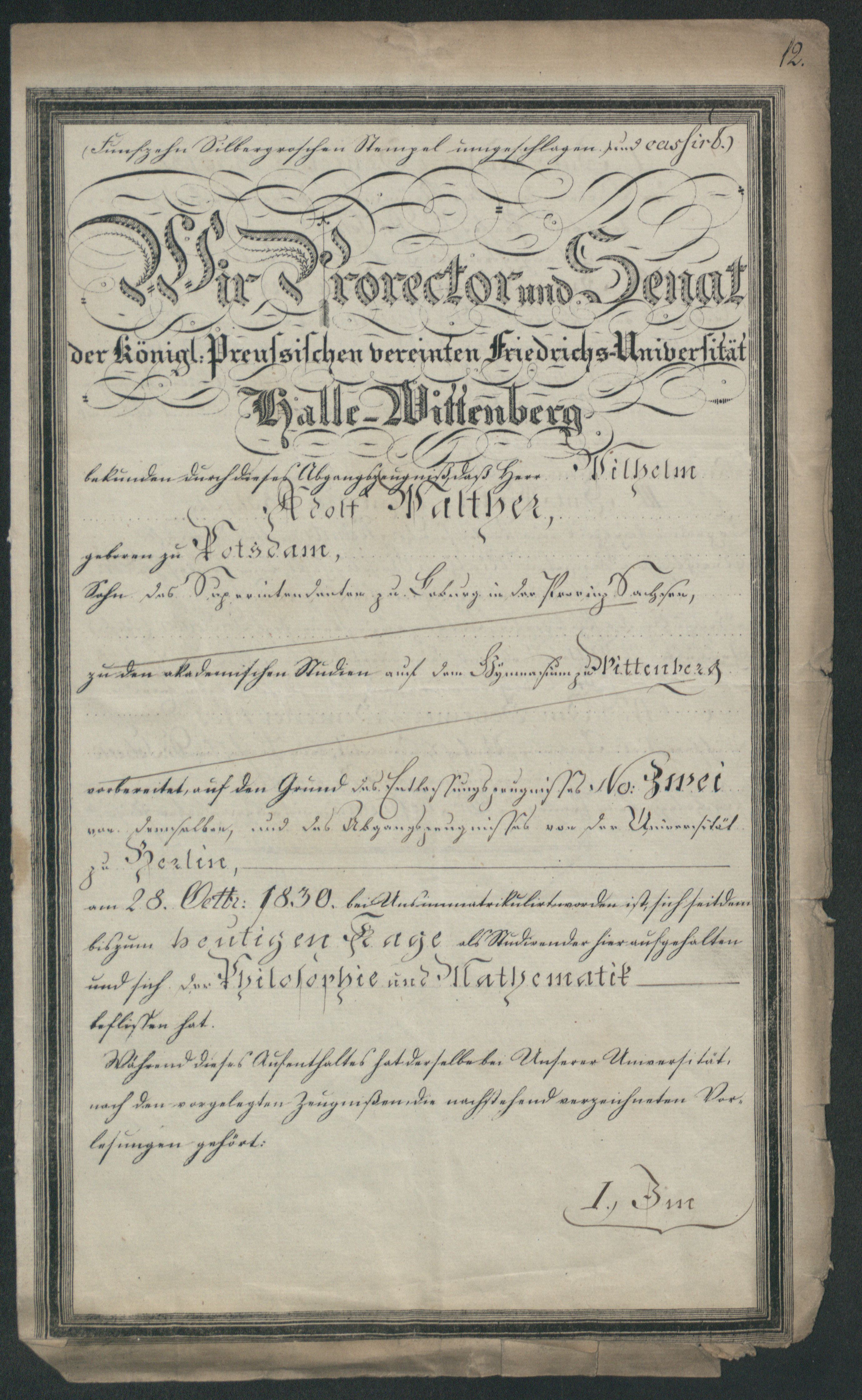|
Michael The Deacon
Abba Mikaʾel (), also known as Michael the Deacon, was an Ethiopian deacon, best known for holding theological discussions with Martin Luther in 1534. Stanislau Paulau suggested that Mikaʾel, who was able to speak broken Italian, may be a member of the Ethiopian community based in Santo Stefano degli Abissini in Rome. A 1534 letter from Philip Melanchthon to Wittenberg lawyer Benedict Pauli describes the meetings between Mikaʾel and Luther. Mikaʾel arrived at Wittenberg on May 31, 1534 and wished to speak to Luther, whom he had heard about. Mikaʾel could speak some Italian, so a student from the University of Wittenberg who spoke Italian served as an interpreter between the two. Mikaʾel stayed until July 4, and had several further meetings with Luther throughout his stay. They held theological discussions on the doctrine of Trinity and the understanding of the Last Supper. They also compared the Lutheran Mass to that used by the Ethiopian Orthodox Church, and found that they ... [...More Info...] [...Related Items...] OR: [Wikipedia] [Google] [Baidu] |
Ethiopia
Ethiopia, officially the Federal Democratic Republic of Ethiopia, is a landlocked country located in the Horn of Africa region of East Africa. It shares borders with Eritrea to the north, Djibouti to the northeast, Somalia to the east, Kenya to the south, South Sudan to the west, and Sudan to the northwest. Ethiopia covers a land area of . , it has around 128 million inhabitants, making it the List of countries and dependencies by population, thirteenth-most populous country in the world, the List of African countries by population, second-most populous in Africa after Nigeria, and the most populous landlocked country on Earth. The national capital and largest city, Addis Ababa, lies several kilometres west of the East African Rift that splits the country into the African Plate, African and Somali Plate, Somali tectonic plates. Early modern human, Anatomically modern humans emerged from modern-day Ethiopia and set out for the Near East and elsewhere in the Middle Paleolithi ... [...More Info...] [...Related Items...] OR: [Wikipedia] [Google] [Baidu] |
Trinity
The Trinity (, from 'threefold') is the Christian doctrine concerning the nature of God, which defines one God existing in three, , consubstantial divine persons: God the Father, God the Son (Jesus Christ) and God the Holy Spirit, three distinct persons ('' hypostases'') sharing one essence/substance/nature ('' homoousion''). As the Fourth Lateran Council declared, it is the Father who s, the Son who is , and the Holy Spirit who proceeds. In this context, one essence/nature defines God is, while the three persons define God is. This expresses at once their distinction and their indissoluble unity. Thus, the entire process of creation and grace is viewed as a single shared action of the three divine persons, in which each person manifests the attributes unique to them in the Trinity, thereby proving that everything comes "from the Father", "through the Son", and "in the Holy Spirit". This doctrine is called Trinitarianism, and its adherents are called Trinitarians, ... [...More Info...] [...Related Items...] OR: [Wikipedia] [Google] [Baidu] |
16th-century Ethiopian People
The 16th century began with the Julian year 1501 (represented by the Roman numerals MDI) and ended with either the Julian or the Gregorian year 1600 (MDC), depending on the reckoning used (the Gregorian calendar introduced a lapse of 10 days in October 1582). The Renaissance in Italy and Europe saw the emergence of important artists, authors and scientists, and led to the foundation of important subjects which include accounting and political science. Copernicus proposed the heliocentric universe, which was met with strong resistance, and Tycho Brahe refuted the theory of celestial spheres through observational measurement of the 1572 appearance of a Milky Way supernova. These events directly challenged the long-held notion of an immutable universe supported by Ptolemy and Aristotle, and led to major revolutions in astronomy and science. Galileo Galilei became a champion of the new sciences, invented the first thermometer and made substantial contributions in the fields of ph ... [...More Info...] [...Related Items...] OR: [Wikipedia] [Google] [Baidu] |
Deacons
A deacon is a member of the diaconate, an office in Christian churches that is generally associated with service of some kind, but which varies among theological and denominational traditions. Major Christian denominations, such as the Catholic Church, the Oriental Orthodox Churches, the Eastern Orthodox Church, Lutheranism, Presbyterianism, Methodism, and Anglicanism, view the diaconate as an order of ministry. Permanent deacons (or distinctive deacons) are those who do not later transition to another form of ministry, in contrast to those continuing their formation who are then often called transitional deacons. Origin and development The word ''deacon'' is derived from the Greek word (), which is a standard ancient Greek word meaning "servant", "waiter", "minister", or "messenger". Recent research has highlighted the role of the deacon "as a co-operator" and "go-between," emphasizing their intermediary position in early Christian communities. It is generally assumed ... [...More Info...] [...Related Items...] OR: [Wikipedia] [Google] [Baidu] |
Wilhelm Martin Leberecht De Wette
Wilhelm Martin Leberecht de Wette (12 January 1780 – 16 June 1849) was a German theologian and biblical scholar. Life and education Wilhelm Martin Leberecht de Wette was born 12 January 1780 in Ulla (now part of the municipality of Nohra), Thuringia, where his father was a pastor. As a boy, he was sent to the gymnasium at the nearby city of Weimar. Here he was much influenced by Johann Gottfried von Herder, who frequently examined at the school. In 1799, de Wette entered the University of Jena to study theology, his principal teachers being J. J. Griesbach and H. E. G. Paulus. By the time he submitted his dissertation in September 1804, he was in regular contact at Jena with Jakob Friedrich Fries and Karl David Ilgen, who perhaps led him to his contact with Johann Severin Vater, a scholar whose work he both admired and, in some respects, duplicated independently. He became a ''Privatdozent'' at Jena after completing his doctorate degree. In 1807, de Wette became a profe ... [...More Info...] [...Related Items...] OR: [Wikipedia] [Google] [Baidu] |
Martin Bucer
Martin Bucer (; Early German: ; 11 November 1491– 28 February 1551) was a German Protestant reformer based in Strasbourg who influenced Lutheran, Anglican doctrines and practices as well as Reformed Theology. Bucer was originally a member of the Dominican Order, but after meeting and being influenced by Martin Luther in 1518 he arranged for his monastic vows to be annulled. He then began to work for the Reformation, with the support of Franz von Sickingen. Bucer's efforts to reform the church in Wissembourg resulted in his excommunication from the Catholic Church, and he was forced to flee to Strasbourg. There he joined a team of reformers which included Matthew Zell, Wolfgang Capito, and Caspar Hedio. He acted as a mediator between the two leading reformers, Martin Luther and Huldrych Zwingli, who differed on the doctrine of the Eucharist. Later, Bucer sought agreement on common articles of faith such as the Tetrapolitan Confession and the Wittenberg Concord, wor ... [...More Info...] [...Related Items...] OR: [Wikipedia] [Google] [Baidu] |
Strasbourg
Strasbourg ( , ; ; ) is the Prefectures in France, prefecture and largest city of the Grand Est Regions of France, region of Geography of France, eastern France, in the historic region of Alsace. It is the prefecture of the Bas-Rhin Departments of France, department and the Seat of the European Parliament in Strasbourg, official seat of the European Parliament. The city has about three hundred thousand inhabitants, and together Eurométropole de Strasbourg, Greater Strasbourg and the arrondissement of Strasbourg have over five hundred thousand. Strasbourg's functional area (France), metropolitan area had a population of 860,744 in 2020, making it the eighth-largest metro area in France and home to 14% of the Grand Est region's inhabitants. The transnational Eurodistrict Strasbourg-Ortenau Eurodistrict, Strasbourg-Ortenau had a population of roughly 1,000,000 in 2022. Strasbourg is one of the ''de facto'' four main capitals of the European Union (alongside Brussels, Luxembourg ... [...More Info...] [...Related Items...] OR: [Wikipedia] [Google] [Baidu] |
Credo
In Christian liturgy, the credo (; Latin for "I believe") is the portion of the Mass where a creed is recited or sung. The Nicene-Constantinopolitan Creed or the Apostles' Creed are the primary creeds used for this purpose. History After the formulation of the Nicene Creed, its initial liturgical use was in baptism, which explains why the text uses the singular "I ..." instead of "we ...". The text was gradually incorporated into the liturgies, first in the east and in Spain, and gradually into the north, from the sixth to the ninth centuries. In 1014 it was accepted by the Church of Rome as a legitimate part of the Mass. It is recited in the Western Mass directly after the homily on all Sundays and solemnities; in modern celebrations of the Tridentine Mass as an extraordinary form of the Roman Rite, the Credo is recited on all Sundays, feasts of the I class, II class feasts of the Lord and of the Blessed Virgin, on the days within the octaves of Christmas, Easter, and Pente ... [...More Info...] [...Related Items...] OR: [Wikipedia] [Google] [Baidu] |
Last Supper
Image:The Last Supper - Leonardo Da Vinci - High Resolution 32x16.jpg, 400px, alt=''The Last Supper'' by Leonardo da Vinci - Clickable Image, ''The Last Supper (Leonardo), The Last Supper'' (1495-1498). Mural, tempera on gesso, pitch and mastic, 700 x 880 cm (22.9 x 28.8 ft). In the Santa Maria delle Grazie, Milan, Santa Maria delle Grazie Church, Milan, Italy, it is Leonardo da Vinci's dramatic interpretation of Jesus' last meal before death. Depictions of the Last Supper in Christian art have been undertaken by artistic masters for centuries, Leonardo da Vinci's late-1490s mural painting, being the best-known example. ''(Clickable image—use cursor to identify.)'' poly 550 2550 750 2400 1150 2300 1150 2150 1200 2075 1500 2125 1525 2300 1350 2800 1450 3000 1700 3300 1300 3475 650 3500 550 3300 450 3000 Bartholomew the Apostle, Bartholomew poly 1575 2300 1625 2150 1900 2150 1925 2500 1875 2600 1800 2750 1600 3250 1425 3100 1400 2800 1375 2600 James, son of Alphaeus, James Min ... [...More Info...] [...Related Items...] OR: [Wikipedia] [Google] [Baidu] |
Martin Luther University Of Halle-Wittenberg
Martin Luther University Halle-Wittenberg (), also referred to as MLU, is a public university, public research university in the cities of Halle, Saxony-Anhalt, Halle and Wittenberg. It is the largest and oldest university in the German State of Germany, state of Saxony-Anhalt. MLU offers German and international (English) courses leading to academic degrees such as Bachelor of Arts, BA, B.Sc., BSc, Master of Arts, MA, M.Sc., MSc, Doctorate, doctoral degrees, and habilitation. The university was created in 1817 through the merger of the University of Wittenberg (founded in 1502) and the University of Halle (founded in 1694). MLU is named after Protestant Reformation, Protestant reformer Martin Luther, who was a professor in Wittenberg. Today, the university campus is located in Halle, while ''Leucorea Foundation'' in Wittenberg serves as MLU's convention centre. History University of Wittenberg (''Universität Wittenberg'') was founded in 1502 by Frederick III, Elector of ... [...More Info...] [...Related Items...] OR: [Wikipedia] [Google] [Baidu] |








